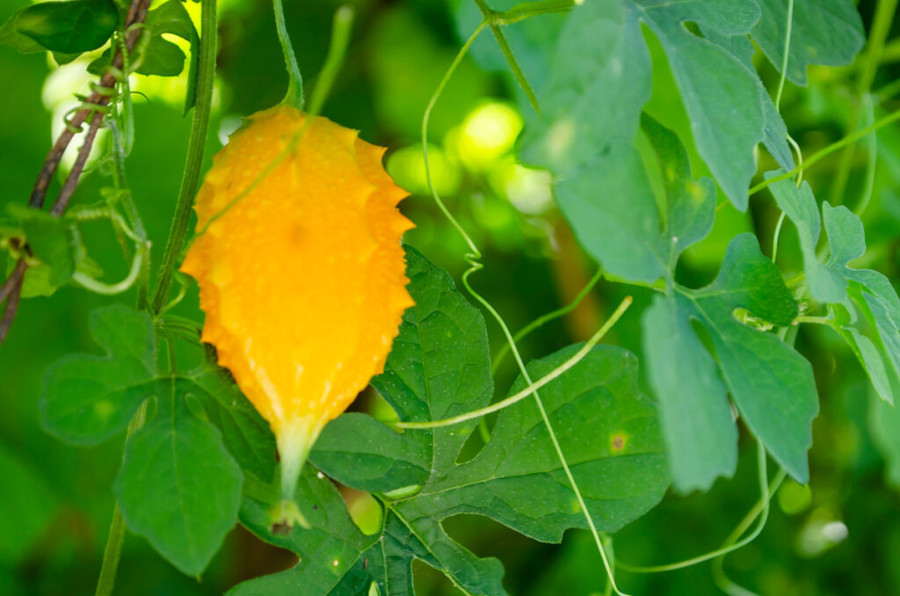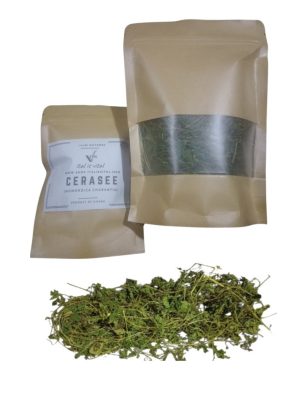Dr. Sebi in an interview in Jamaica mentioned that cerasee was “one of the strongest herb for the liver”.
Cerasee is not a herb that is widely used in many places, however, in Jamaica, for example, cerasee tea is drunk by Jamaican women when they are experiencing painful periods. It is also used traditional across various cultures for its health benefits. Some of its uses include:
- Blood Sugar Regulation: Cerasee is commonly used in traditional medicine for its ability to help regulate blood sugar levels. Some research suggests that compounds in cerasee may mimic insulin, helping to lower blood sugar levels in people with diabetes.
- Digestive Health: Cerasee is often used to support digestive health. It is also used for its mild laxative properties, which can help to relieve constipation. Additionally, it is used to stimulate appetite and aid in digestion.
- Liver Support: Traditionally, cerasee is also used to support liver health. It is used for its detoxifying properties that help to cleanse the liver and promote its proper functioning.
- Immune System Support: Some studies suggest that cerasee contains compounds with immune-boosting properties. It is used to help strengthen the immune system and protect against infections.
- Antioxidant Activity: Cerasee is rich in antioxidants, such as flavonoids and phenolic compounds, which help neutralize harmful free radicals in the body. Antioxidants play a crucial role in reducing inflammation and preventing oxidative stress-related damage to cells.
- Weight Management: Some people use cerasee as part of their weight management regimen. It is used to help promote weight loss by increasing metabolism and reducing appetite.
- Skin Health: Cerasee is sometimes used topically to treat various skin conditions, including eczema, psoriasis, and acne. Its anti-inflammatory and antimicrobial properties may help soothe irritation and promote healing. It could also be used to reduce razor bumps, used topically.
- Cancer Prevention: Preliminary research suggests that cerasee may have anti-cancer properties, potentially inhibiting the growth of cancer cells.
Cerosee tonic, also known as cerasee tea, is made from the leaves and stems of the bitter melon plant (Momordica charantia). Here’s a basic recipe to make cerosee tonic:
Cerasee Tonic
Ingredients:
- 1 cup of dried cerasee leaves and stems
- 4 cups of water
Instructions:
- Rinse the dried cerasee leaves and stems under cold water to remove any dirt or debris.
- In a pot, bring 4 cups of water to a boil.
- Add the rinsed cerasee leaves to the boiling water.
- Reduce the heat to low and let the leaves simmer for about 10 to 15 minutes.
- Remove the pot from the heat and allow the mixture to sit for at least 10 minutes or until cool.
- Strain the liquid to remove the cerasee, pressing them gently to extract any remaining liquid.
- Transfer the cerasee tonic to a clean glass jar or bottle and store it in the refrigerator.
- Drink a small glass of the tonic daily or as needed.
For a single cup of tea add 1-2 teaspoons of dried cerasee leaves to 1 cup of boiling water and cover to let it steep for to 15 minutes.
Remember that cerasee tonic can have a strong, bitter taste, so you may want to start with a small amount and adjust the recipe to suit your preferences.
Additionally, if you have any underlying health conditions or are pregnant, it’s always a good idea to consult with a professional herbalist before adding cerasee to your routine.

Get paperback copies of the following books on Lulu.com
Dr. Sebi Approved Herbs, Volume 2 – 23 Alkaline Herbs with Uses and Formulas
Dr. Sebi Approved Herbs, Volume 1 – 21 Alkaline Herbs with Uses and Formulas














1 thought on “Cerasee Tonic For The Liver (Dr. Sebi Approved)”
Comments are closed.